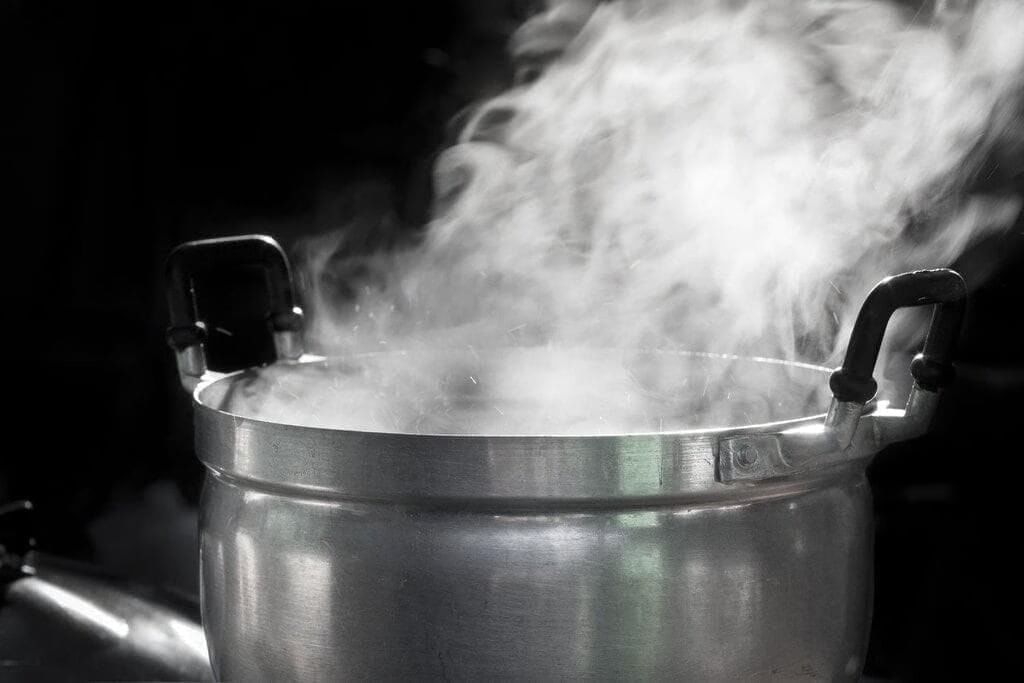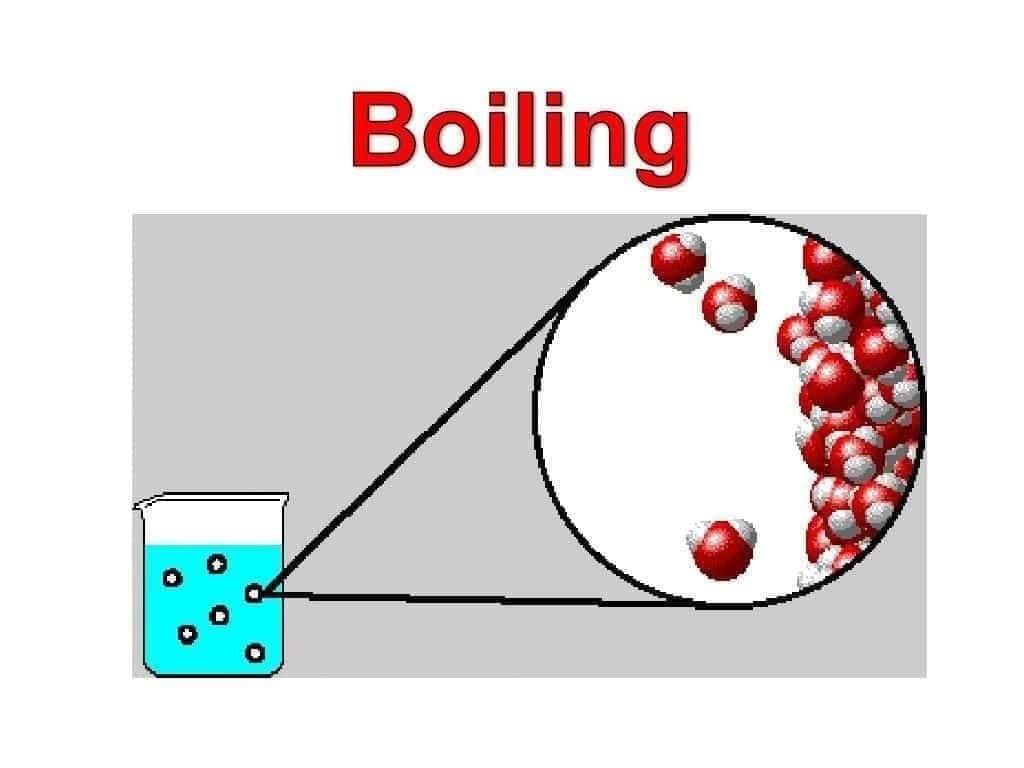Worksheet: Particulate Nature of Matter | Worksheets with Solutions for Class 8 PDF Download
| Table of contents |

|
| Multiple Choice Questions |

|
| Fill in the Blanks |

|
| Very Short Answer Questions |

|
| Short Answer Questions |

|
Multiple Choice Questions
Q1. Which of the following statements is not correct for liquid state?
(a) Particles are loosly packed in the liquid state
(b) Fluidity is the maximum in the liquid state
(c) Liquids can be compressed
(d) Liquids take up the shape of any container in which these are placed
Q2. What happens to the particles of a solid when it is heated to its melting point?
(a) They move farther apart and become a gas
(b) They vibrate more vigorously and become a liquid
(c) They stop moving completely
(d) They compress closer together
Q3. Why do liquids take the shape of their container but not gases?
(a) Liquids have stronger interparticle attractions than gases
(b) Liquids have no interparticle spaces
(c) Gases have a fixed volume
(d) Liquids have maximum interparticle spacing
Q4. What does Activity with potassium permanganate in water demonstrate?
(a) The compressibility of liquids
(b) The fixed volume of liquids
(c) The continuous motion of liquid particles
(d) The strong interparticle forces in liquids

Fill in the Blanks
Q1. Matter is made up of small_________.
Q2. The forces of attraction between the particles are _______ in solids, ______ in liquids and _________ in gases.
Q3. Solid, liquid and gas are called the three _______ of matter.
Q4. The smell of perfume gradually spreads across a room due to ______.
Q5. Gas molecules at higher temperatures have more _______ than at cooler temperatures.
Q6. Forces of attraction in liquids are _______ than in solid.

Very Short Answer Questions
Q1. What are the basic building blocks of matter called?
Q2. Why do solids have a fixed shape?
Q3. What happens to sugar particles when dissolved in water?
Q4. Why can gases be compressed easily?
Q5. What causes the fragrance of an incense stick to spread in a room?

Short Answer Questions
Q1. Gases can be compressed but solids cannot. Explain.
Q2. A substance is in liquid state at room temperature and changes into gas upon heating. What will you call its gaseous state?
Q3. What happens to the particles of sugar when it dissolves in water, and why can’t we see them anymore?
Q4. Why do solids like chalk and iron have a fixed shape and volume?
Q5. How does the interparticle spacing in liquids compare to that in solids, and what does this mean for their properties?
Q6. What role does heating play in changing a solid to a liquid, and what is this process called?
Q7. Why do gases fill the entire space of their container, unlike solids and liquids?
You can find Worksheet Solutions here: Worksheet Solutions: Particulate Nature of Matter
FAQs on Worksheet: Particulate Nature of Matter - Worksheets with Solutions for Class 8
| 1. What is the particulate nature of matter? |  |
| 2. How do the properties of solids, liquids, and gases differ based on their particle arrangement? |  |
| 3. What role does temperature play in the behavior of particles in different states of matter? |  |
| 4. Can matter change from one state to another? If so, what are some common processes involved? |  |
| 5. Why is understanding the particulate nature of matter important in everyday life? |  |




















